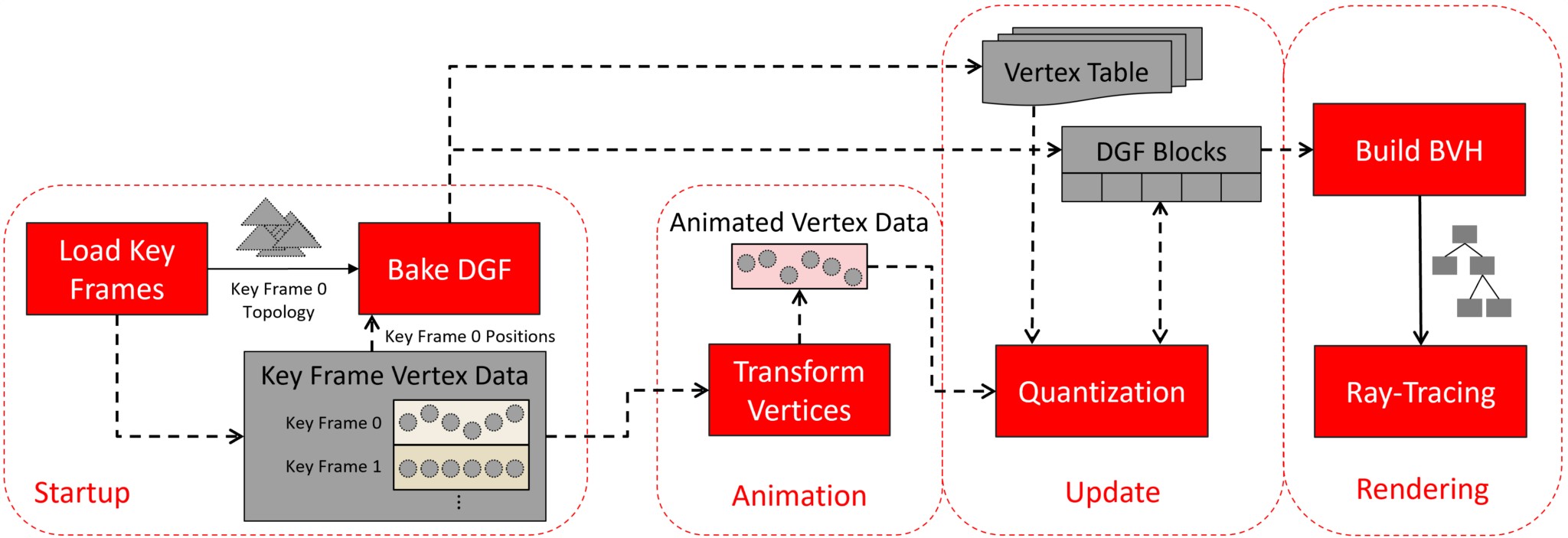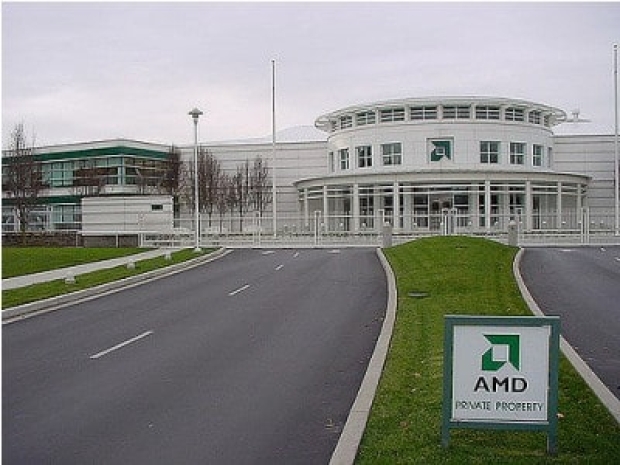Writing in its GPUOpen bog, AMD detailed how DGF can take some of the pain out of animation geometry. Instead of unpacking entire triangle meshes every time something moves, DGF chops them into smaller blocks, stores them in a GPU-friendly dense format, and then uses compute shaders to update only what is needed per frame.
That means less wasted bandwidth, less memory thrash, and a quicker path to ray tracing acceleration.
The trick works by reducing the overhead of rebuilding bounding volume hierarchies (BVHs), which are normally expensive and fiddly. Since the GPU understands DGF blocks directly, it can crunch them into ray tracing pipelines more efficiently.
AMD says this not only improves performance but also lets more geometry live inside the cache, cutting latency and raising frame rates without melting the silicon.
At the moment, DGF runs on compute shader units, but AMD is clearly eyeing dedicated silicon for its next UDNA GPUs. Moving to hardware-level support would free up compute resources and speed up animation workloads considerably. The company argues this will mean quicker animation times and smoother ray tracing effects without chewing through as much power or memory.
DGF might not sound like a silver bullet, but as part of the wider UDNA architecture it could be one of the subtle improvements that make next-gen Radeon GPUs a bit less of a punchline in ray tracing benchmarks.





